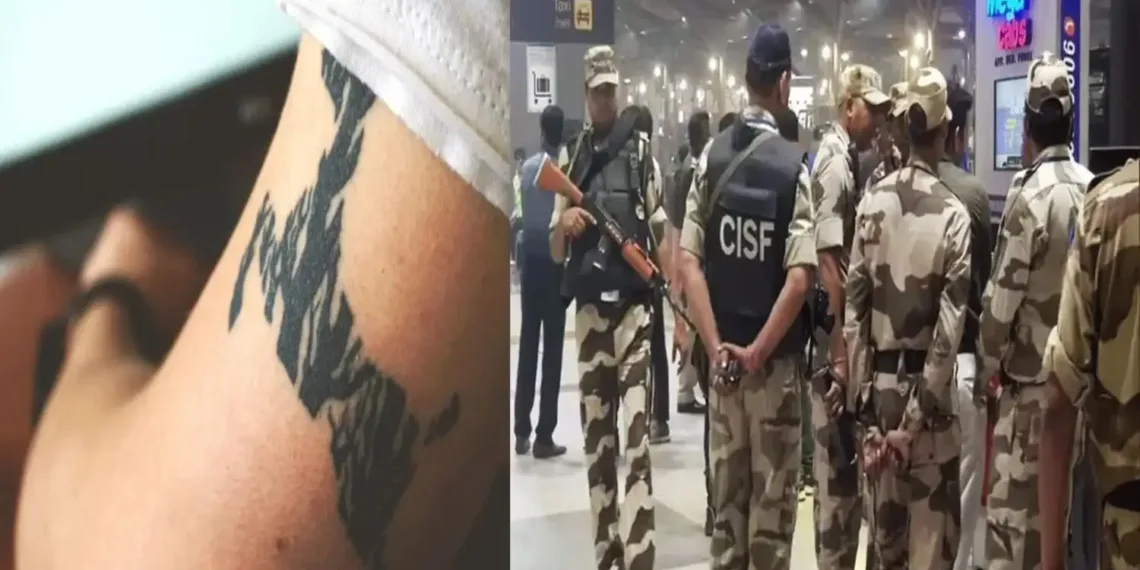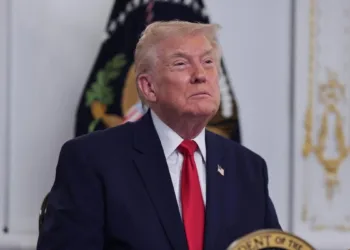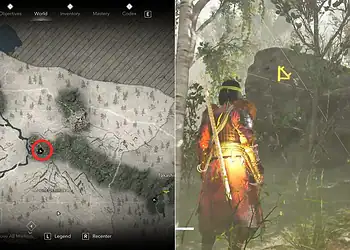The Delhi High Court recently upheld the decision of the Central Industrial Security Force (CISF) to declare a candidate unfit for the post of Assistant Sub-Inspector (ASI) due to the presence of tattoos on his body. The court’s ruling has sparked discussions about the strict medical and professional standards maintained by the armed forces, particularly regarding tattoos and their placement.
Table of Contents
The case involved Gedela Chandra Sekhara Rao, a candidate who was seeking promotion to the post of ASI (Executive) through the Limited Departmental Competitive Examination (LDCE). However, his application was rejected on medical grounds due to tattoos on his left forearm and the left side of his chest, which violated the CISF’s medical guidelines.
The Case: Tattoos and CISF Guidelines
The petitioner argued that the CISF should have allowed him time to remove the tattoos before conducting his Review Medical Examination (RME). Tattoos, he contended, can be easily removed, and this flexibility should have been extended to him.
However, the CISF countered this argument by citing its 2021 Revised Uniform Guidelines for Review Medical Examination in Central Armed Police Forces (CAPFs) and Assam Rifles. According to these guidelines:
- Tattoos on the inner aspect of the forearm are permitted.
- Tattoos on the outer surface of the forearm or other visible areas are prohibited.
The CISF emphasized that the petitioner, already being a member of the armed forces, was well aware of these rules. Despite this, he had tattoos in prohibited areas, making him ineligible for the post.
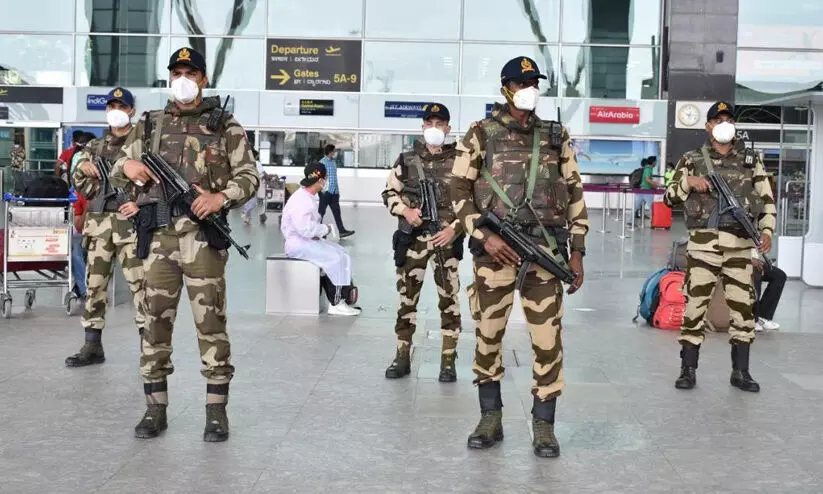
The Court’s Observations
The Delhi High Court, after hearing both sides, upheld the CISF’s decision. A bench comprising Justices Navin Chawla and Shalinder Kaur ruled that the petitioner’s plea lacked merit and dismissed it under Article 226 of the Constitution.
Key Points from the Court’s Ruling:
- Awareness of Rules:
The court noted that the petitioner, being a member of the armed forces, should have been fully aware of the medical standards and guidelines regarding tattoos. His failure to comply with these standards disqualified him from the appointment. - Accelerated Promotion vs. Direct Recruitment:
The court referred to a Supreme Court decision, stating that promotions through LDCE are a form of accelerated promotion and cannot be equated with regular promotions or direct recruitment. Candidates seeking such promotions must strictly adhere to all conditions outlined in the job advertisement. - No Special Consideration:
The court observed that while the petitioner could be treated as a direct recruit for some purposes, he could not claim the same level of leniency as a fresh recruit who might be unaware of the stringent medical standards. - No Merit in the Petition:
The court concluded that the petitioner’s plea had no merit, as the CISF’s decision was based on established guidelines and the petitioner’s failure to comply with them.
Why Tattoos Are a Concern in the Armed Forces?
The CISF and other armed forces maintain strict guidelines regarding tattoos for several reasons:
- Professional Appearance:
Tattoos in visible areas, such as the outer forearm, may be considered unprofessional and could affect the disciplined image of the armed forces. - Cultural Sensitivity:
Tattoos with certain designs or symbols may be offensive or inappropriate in specific cultural or professional contexts. - Health Concerns:
Tattoos can sometimes lead to skin infections or other medical complications, which may impact a candidate’s fitness for duty. - Uniformity:
The armed forces emphasize uniformity and discipline, and visible tattoos may detract from this principle.
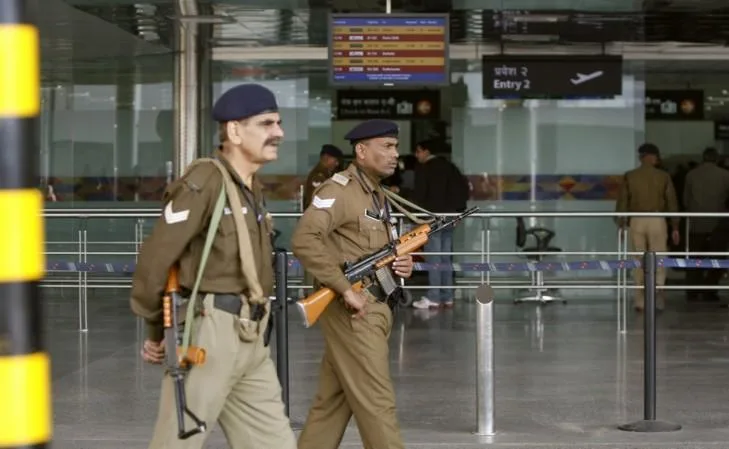
Implications of the Ruling
The Delhi High Court’s decision reinforces the importance of adhering to the strict medical and professional standards set by the armed forces. It also highlights the following:
- Stringent Compliance:
Candidates seeking promotions or appointments in the armed forces must ensure full compliance with all guidelines, including those related to medical fitness and appearance. - No Exceptions for Existing Members:
Even individuals already serving in the armed forces are not exempt from these standards. Familiarity with the rules is expected, and failure to comply can result in disqualification. - Clarity in Guidelines:
The ruling underscores the need for clear and consistent guidelines, such as the 2021 Revised Uniform Guidelines, to avoid ambiguity and ensure fairness in recruitment and promotions.
Conclusion
The Delhi High Court’s decision to uphold the CISF’s ruling serves as a reminder of the high standards expected in the armed forces. Tattoos, while increasingly common in society, remain a point of contention in professional environments like the CISF, where discipline, uniformity, and adherence to guidelines are paramount.
For candidates aspiring to join or advance within the armed forces, this case highlights the importance of understanding and complying with all medical and professional requirements. The ruling also reinforces the principle that no exceptions can be made, even for those already serving, when it comes to maintaining the integrity and standards of the armed forces.
Read More: Carraro India IPO Listing: What Investors Need to Know
FAQs
1. Why did the CISF declare the candidate unfit for the ASI post?
The candidate was declared unfit because he had tattoos on the outer surface of his left forearm and the left side of his chest, which violated the 2021 Revised Uniform Guidelines for medical examinations in the armed forces. These guidelines only permit tattoos on the inner aspect of the forearm and prohibit visible tattoos in other areas.
2. Can tattoos be a reason for disqualification in the armed forces?
Yes, tattoos can be a reason for disqualification if they are in prohibited areas or do not comply with the medical guidelines of the armed forces. Tattoos are considered a matter of professional appearance, uniformity, and health, and strict rules are in place to maintain these standards.

